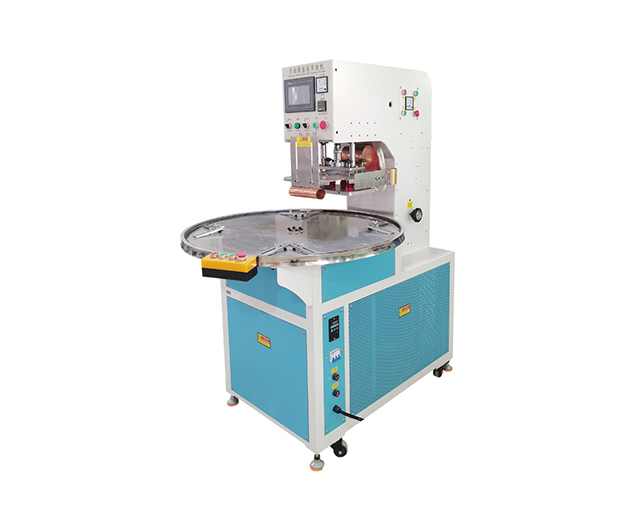Time:2025-08-16 Views:1 source:News

Energy-efficient design for embossing machines focuses on minimizing power consumption while maintaining or enhancing performance, making these industrial devices more sustainable and cost-effective. This approach involves integrating advanced technologies, optimizing mechanical components, and implementing smart control systems to reduce energy waste across all operational stages.
One key aspect of energy-efficient design is the use of high-efficiency motors. Traditional embossing machines often rely on induction motors with low efficiency (around 70-80%), but modern models incorporate brushless DC motors or variable frequency drives (VFDs) that achieve efficiencies of 90% or higher. VFDs adjust the motor speed according to the embossing load, avoiding the energy loss associated with running at constant speed regardless of demand. For example, when processing lighter materials or operating at lower pressures, the motor can slow down, reducing power usage significantly.
Another critical feature is thermal management. Embossing machines generate heat during operation, especially in the heating rollers used to soften materials like paper, plastic, or metal. Energy-efficient designs use insulated roller casings and heat recovery systems to retain and reuse excess heat, reducing the need for constant reheating. Infrared or induction heating technologies, which target heat directly at the material rather than heating the entire roller, further cut energy consumption by up to 30% compared to conventional resistance heating.
Mechanical optimization also plays a role. Low-friction components, such as precision bearings and lubricated gears, reduce the energy required to drive the embossing rollers. Lightweight materials like aluminum alloys for roller frames and casings decrease the overall mass, lowering the inertia that the motor must overcome. Additionally, modular designs allow for quick changeovers between embossing patterns without fully powering down the machine, minimizing standby energy use.
Smart control systems are integral to energy efficiency. Sensors monitor material thickness, speed, and temperature, adjusting parameters in real-time to avoid over-processing. For instance, if a thinner material is detected, the system can reduce pressure and heating, saving energy without compromising embossing quality. Automated shutdown features power down non-essential components during idle periods, while programmable logic controllers (PLCs) optimize workflow to minimize downtime between batches.
The benefits of energy-efficient embossing machines include reduced utility costs, lower carbon footprints, and extended equipment lifespan due to reduced wear on components. These designs are particularly valuable for high-volume production facilities, where energy savings accumulate significantly over time, making them both environmentally and economically advantageous.
Read recommendations:
Automatic Rotary High Frequency PVC package Welding Machine Precision Disc
Hot Air Glue Tape Welding Machine
HF polymer welder company.Small knowledge of parts for embossing machines
Polyester welder Production.Performance advantages of composite machines
Complete control over products allows us to ensure our customers receive the best qualityprices and service. We take great pride in everything that we do in our factory.
